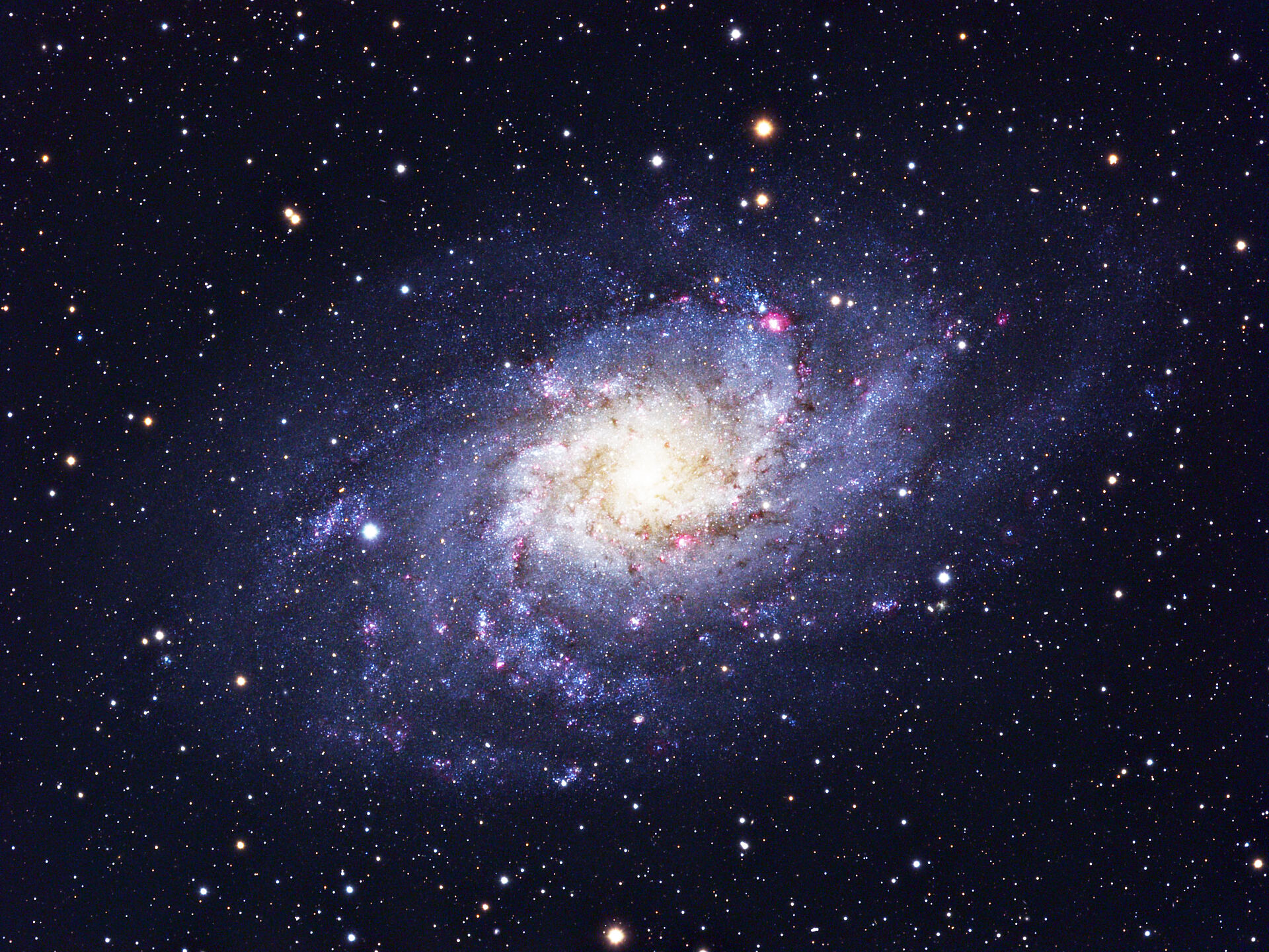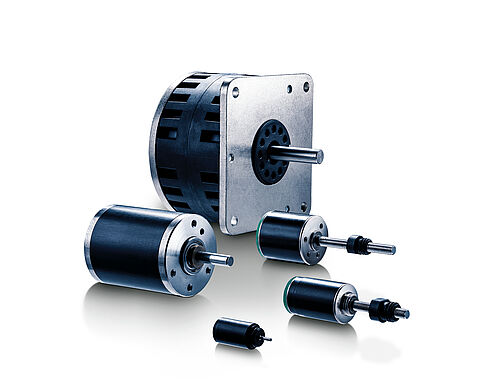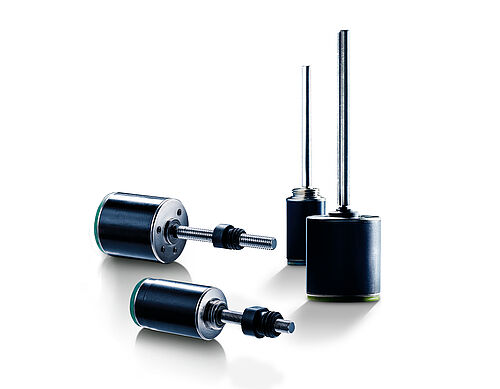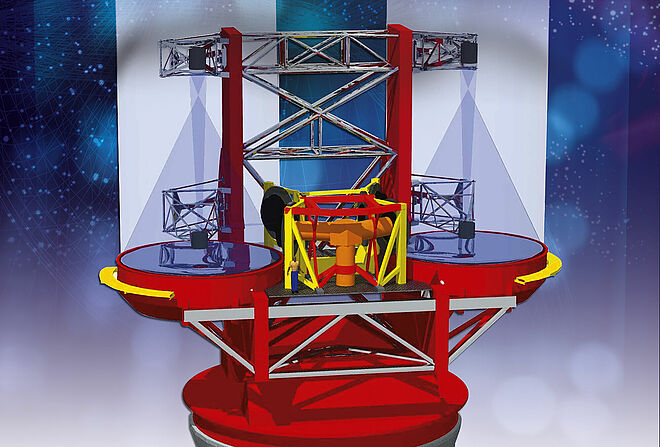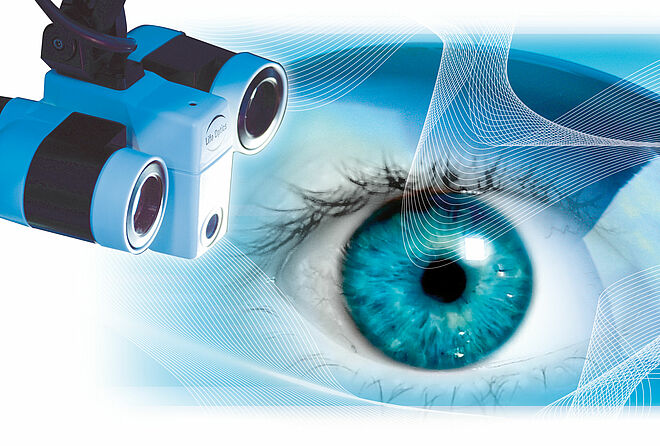
What is going on in the neighbourhood? We all want to know, whether we admit it or not. Applied to the whole of humanity and Earth, the question is: What is going on in the Milky Way? We know surprisingly little about this, because we literally have a hard time seeing the wood for the...
